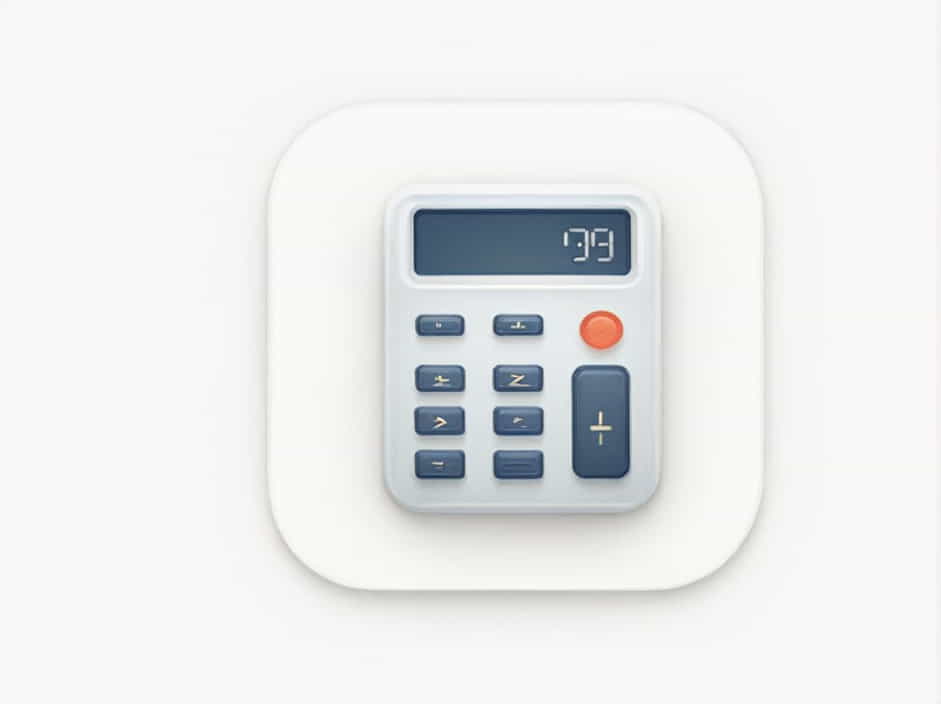The invention of the first calculating machine marked a major milestone in the history of computing. Before modern computers, people relied on manual calculations, which were slow and prone to errors. The first mechanical calculating machine revolutionized mathematics, business, and science, paving the way for future technological advancements.
This topic explores the first calculating machine, its history, functionality, and impact on the world of computation.
What Was the First Calculating Machine?
The first mechanical calculating machine was the Pascaline, invented by Blaise Pascal in 1642. It was designed to perform addition and subtraction automatically, reducing the need for manual calculations.
Before the Pascaline, mathematicians and merchants used abacuses, tally sticks, and counting tables for calculations. These methods required human intervention, making complex arithmetic time-consuming and error-prone.
Pascal’s invention introduced mechanized computation, setting the foundation for later developments in digital computing.
Who Was Blaise Pascal?
Blaise Pascal was a French mathematician, physicist, and inventor. He was fascinated by numbers from a young age and made significant contributions to probability theory, fluid mechanics, and geometry.
At the age of 19, Pascal invented the Pascaline to help his father, a tax collector, perform calculations more efficiently. This device became the first known mechanical calculator capable of carrying out arithmetic operations without human intervention.
How Did the Pascaline Work?
Structure and Components
The Pascaline was a box-like device made of metal or wood. It contained:
-
A series of wheels and gears connected to each other.
-
A set of dials or numeric windows displaying the calculation results.
-
A carry mechanism that allowed numbers to move between columns, similar to modern addition.
Basic Functionality
The Pascaline could perform addition and subtraction through the following process:
-
Users entered numbers by turning the wheels.
-
As the wheels rotated, the gears calculated sums or differences automatically.
-
If a column exceeded nine, the carry mechanism moved the extra value to the next column.
This system mirrored the modern decimal system, making calculations accurate and efficient for its time.
The Limitations of the Pascaline
Despite being an innovative invention, the Pascaline had some limitations:
-
It could only perform addition and subtraction. Multiplication and division required repeated additions and subtractions.
-
It was expensive and complex to manufacture, making it impractical for widespread use.
-
Only a few units were produced, mainly for scientific and governmental use.
Although the Pascaline did not become a commercial success, it laid the groundwork for future mechanical calculators and computational machines.
The Evolution of Calculating Machines
After Pascal’s invention, several scientists and inventors improved upon mechanical calculators.
1. Leibniz’s Step Reckoner (1673)
Invented by Gottfried Wilhelm Leibniz, this device improved on the Pascaline by introducing:
-
Multiplication and division functions using a stepped-drum mechanism.
-
A more advanced gear system that influenced future mechanical calculators.
2. Charles Babbage’s Difference Engine (1822)
Regarded as the father of the computer, Charles Babbage designed the Difference Engine, which:
-
Could perform complex polynomial calculations automatically.
-
Introduced the concept of programmable computation, which inspired modern computing.
3. The Analytical Engine (1837)
Babbage later developed the Analytical Engine, which introduced:
-
A memory unit (similar to RAM).
-
A processing unit (like a modern CPU).
-
Punch cards for data input, an idea later used in early computers.
These developments set the stage for the electronic computers of the 20th century.
The Impact of the First Calculating Machine
1. Revolutionizing Arithmetic and Business
The Pascaline and later mechanical calculators significantly reduced calculation errors. They were used in:
-
Tax collection to ensure accurate revenue records.
-
Commerce and trade for faster financial transactions.
-
Engineering and science for more precise measurements.
2. Influencing Future Computers
The concept of mechanized computation inspired later developments in:
-
Mechanical and electromechanical calculators (such as IBM’s early machines).
-
Digital computers, which use similar arithmetic operations but with binary code.
-
Artificial intelligence, which relies on complex calculations derived from early computational principles.
3. Advancing Mathematical Theories
Pascal’s work on mechanical calculations contributed to the advancement of:
-
Number theory and probability.
-
Automation in mathematics, leading to modern algorithms.
-
Computational logic, forming the basis of today’s programming languages.
The Pascaline in Modern Times
Although modern calculators and computers have replaced mechanical machines, the Pascaline remains a crucial part of computing history.
Preserved Pascaline Machines
Some original Pascalines are displayed in museums, such as:
-
Musée des Arts et Métiers in Paris, France.
-
Historical computing exhibitions around the world.
Educational Influence
Pascal’s innovations are studied in:
-
Computer science and engineering as a foundation of modern computing.
-
History of mathematics, demonstrating the evolution of arithmetic tools.
-
Artificial intelligence and automation, showing the origins of machine-based calculations.
How the First Calculating Machine Shaped Modern Technology
The Pascaline and other early calculators led to technological revolutions, including:
-
The Birth of Programmable Machines
- Inspired Babbage’s Analytical Engine, a forerunner of modern computers.
-
The Rise of Digital Computing
- Introduced the concept of automatic number manipulation, leading to the development of microprocessors.
-
The Age of Artificial Intelligence
- Modern AI relies on computational principles first explored by mechanical calculators.
Without Pascal’s invention, the rapid advancement of computers, software, and digital automation would not have been possible.
The first calculating machine, the Pascaline, was a groundbreaking invention that laid the foundation for mechanical, electromechanical, and digital computing. Although it had limitations, it represented a significant leap in mathematical automation, influencing later developments in computational technology.
Today, modern computers and calculators operate on the same fundamental principles that began with Pascal’s mechanical device. Understanding the origins of calculation machines helps us appreciate the progress that has led to the digital age and artificial intelligence.
